His return to England in 1485 has been much written about, and most of you will know that he was aided at the Battle of Bosworth by Thomas Stanley his mother's husband, and his brother William. Henry of Richmond became king of England on the 22nd August in 1485.
"He is a king often accused of being parsimonious, miserly, ruthless, severe and avaricious to the extreme, cold to his wife and cruel to friend and foe alike. The study of Henry’s life, from his beginnings through to the exile, and from his early reign to the tragic end, put forward a different man. It is this man, the real Henry, not the mythical Henry, that we aim to bring to the fore. A man who had an astounding tenacity to survive, to cling to his throne and to pass his crown to his son in a peaceful manner, something which eluded several monarchs before him."
Here a link to the Henry Tudor Society -
https://henrytudorsociety.com/

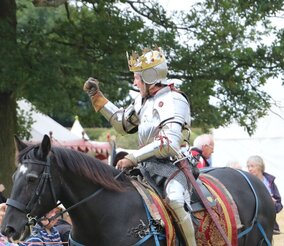
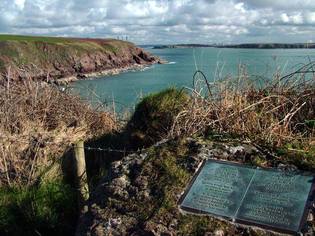
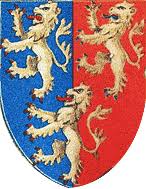





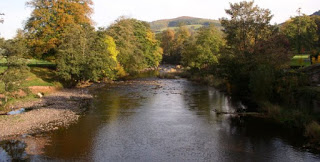

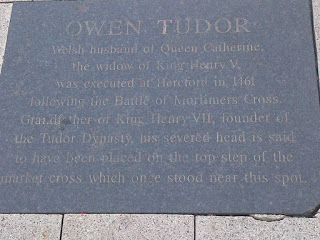
 RSS Feed
RSS Feed
